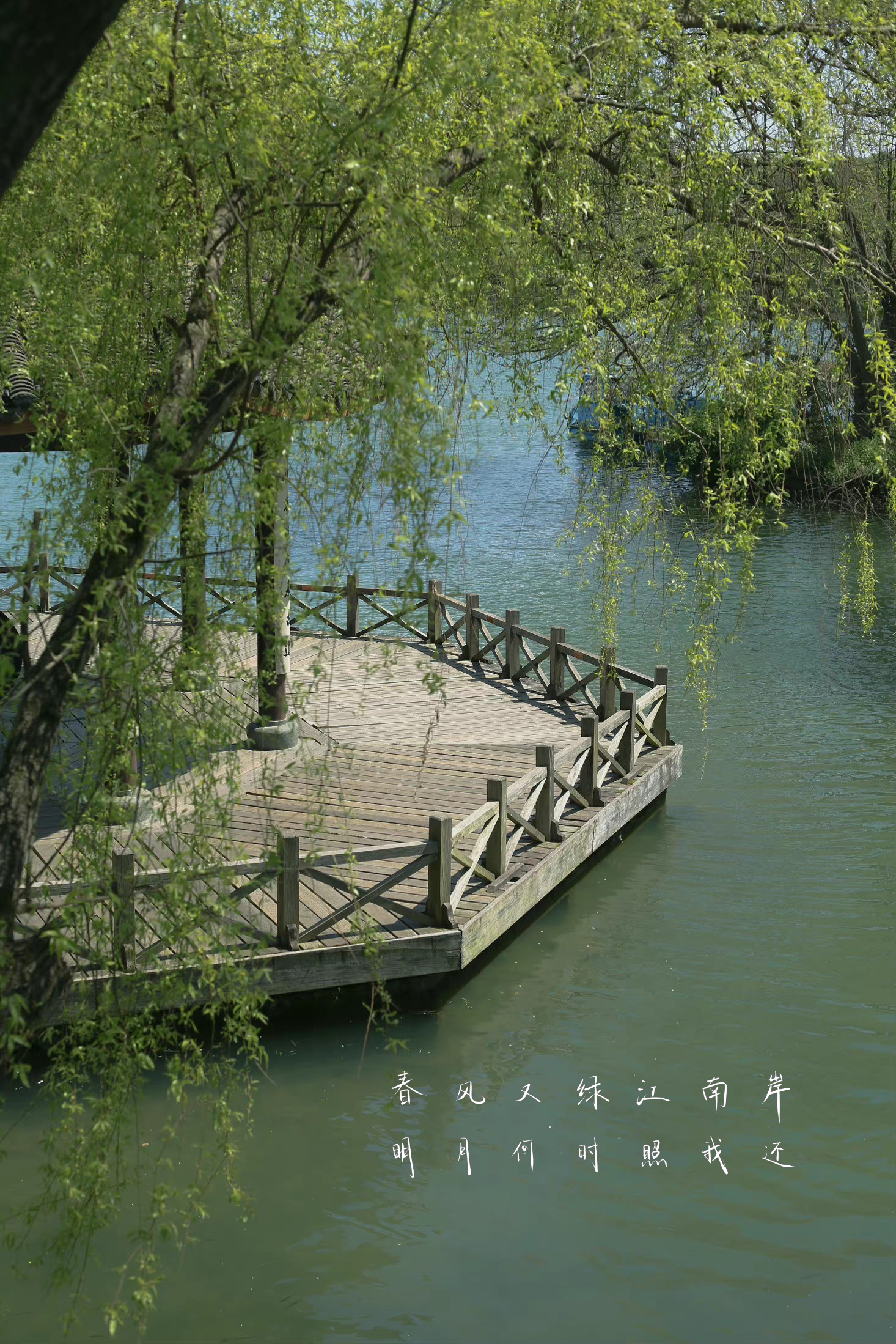Reflection with Chinese Calligraphy
By Tiffany Chen
Chinese calligraphy is an artistic form of writing, first coming to the fore during the Han dynasty (206 BCE - 220 CE). Far beyond mere writing, good calligraphy requires a harmonious blend of stroke variation, precision, and well-balanced structures. Although it is traditionally written using brushes, nowadays calligraphy can be done using any form of writing utensils anywhere, anytime. Every individual has their own unique handwriting, just like a fingerprint. In China, it is also said that calligraphy reflects one’s character (字如其人), or seeing one’s calligraphy is like seeing them in person (见字如面). Personally, I really appreciated the diversity and accessibility of this ancient art.
Since I immigrated to the United States, calligraphy is how I stay connected to my culture. During the pandemic, I practiced calligraphy to help me focus amidst stress. I drew inspiration from a diverse array of sources, including books, poetry, and drama. While my calligraphy still has room for improvement, it is my pleasure to share with you two of my works.
春风又绿江南岸,
明月何时照我还?
Now that the spring breezes have colored the south bank in vibrant green,
When will the bright moon shine on me on my homebound way?
— Wang Anshi <Anchoring at Guazhou>
This line is taken from the ancient Chinese poetry, by poet Wang Anshi. The first line portrays the lively view of Jiangnan (江南, meaning "South Bank of the Yangtze River") during the springtime - how the spring breeze colored the river shore green again, while the second line uses a rhetorical question to convey the poet’s homesickness.
As someone who is from the Jiangnan region, I connect to this line on a personal level. During the three years of the pandemic, many people have been away from their hometowns. I hope this calligraphy artwork can resonate with many people who shared similar experiences and emotions during the pandemic, regardless of their origin.
往事暗沉不可追,
来日之路光明灿烂。
The dark past cannot be chased after,
The road to the future is bright and splendid.
This line is taken from <Empresses in the Palace> (甄嬛传), arguably the most popular drama in China from the past decade. By describing the past as dark (暗) and sunken (沉), the first line conveys the past should not be dwelled on. The second line depicts a bright future awaits, and that one should look forward.
When I revisited this line during the pandemic, I derived a new meaning that extends beyond the literal plot. The dark past represents the challenges and hardships many of us encountered during the pandemic, but the more important lesson is to stay present and look forward. I hope this piece can remind everyone to embrace a bright future, as we collectively embark on a journey of healing.

